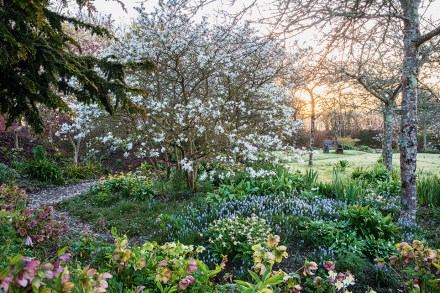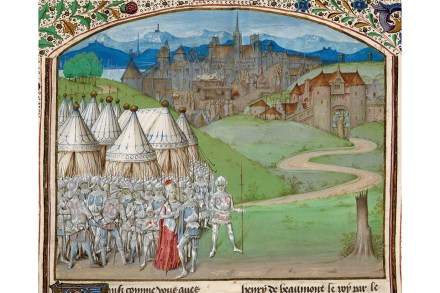A choice of gardening books for Christmas
Do you ever think about the ground beneath your feet? I do. Having read a number of popular science books on this most precious of natural resources, I am now obsessed. So much has recently been discovered about the invaluable symbiotic relationships that form between microbes, fungi and plant roots in the soil that it feels perverse to turn one’s head away. Lately, the book that has most influenced my thinking (perhaps because it is a rattling read) is Soil: The Incredible Story of What Keeps the Earth, and Us, Healthy by Matthew Evans (Murdoch Books, £14.99). It’s the work of a no-nonsense Australian farmer and former restaurant critic who





















